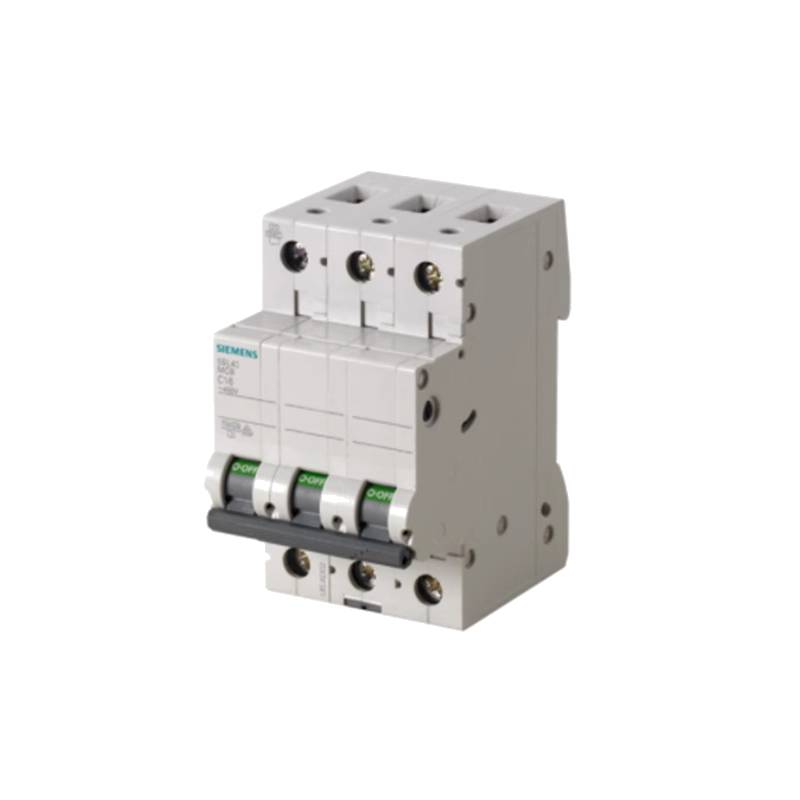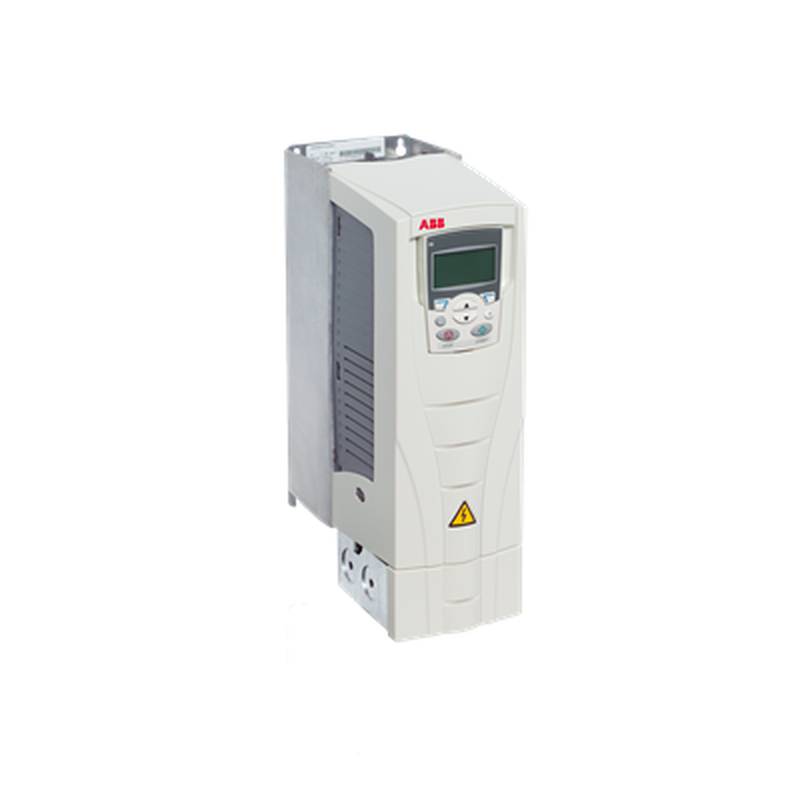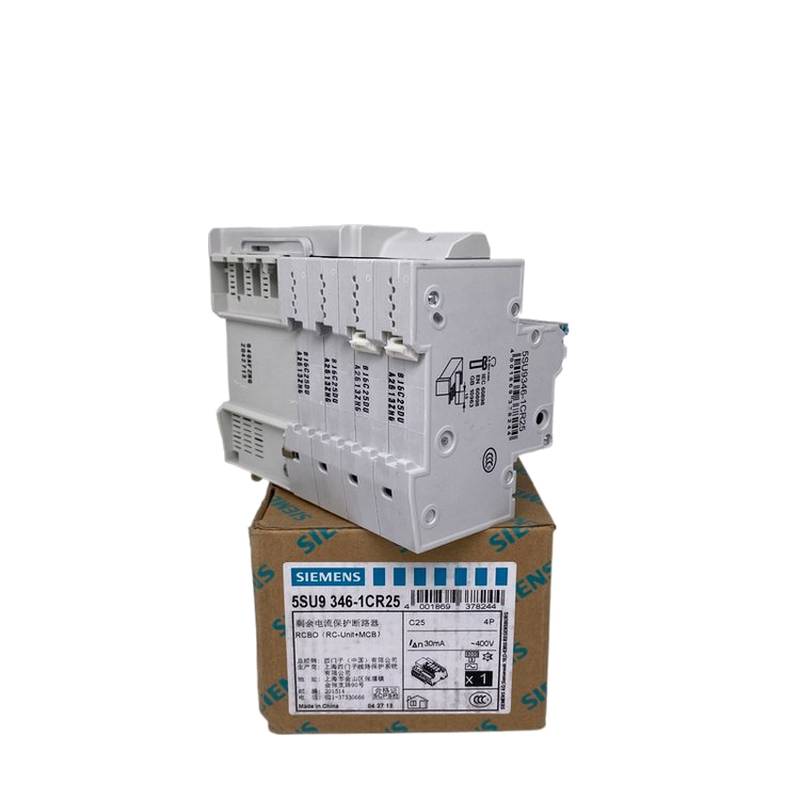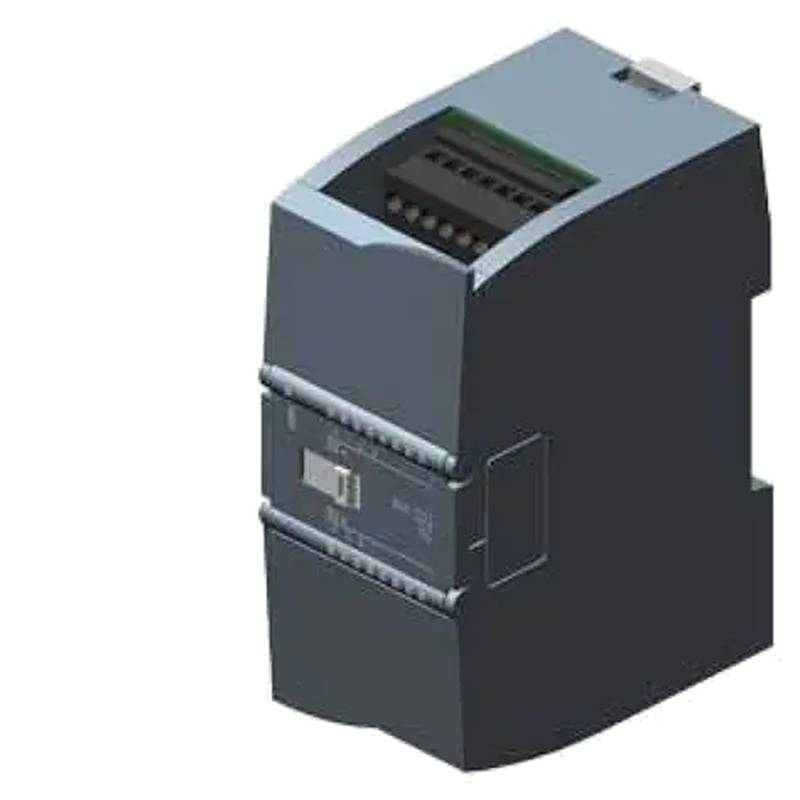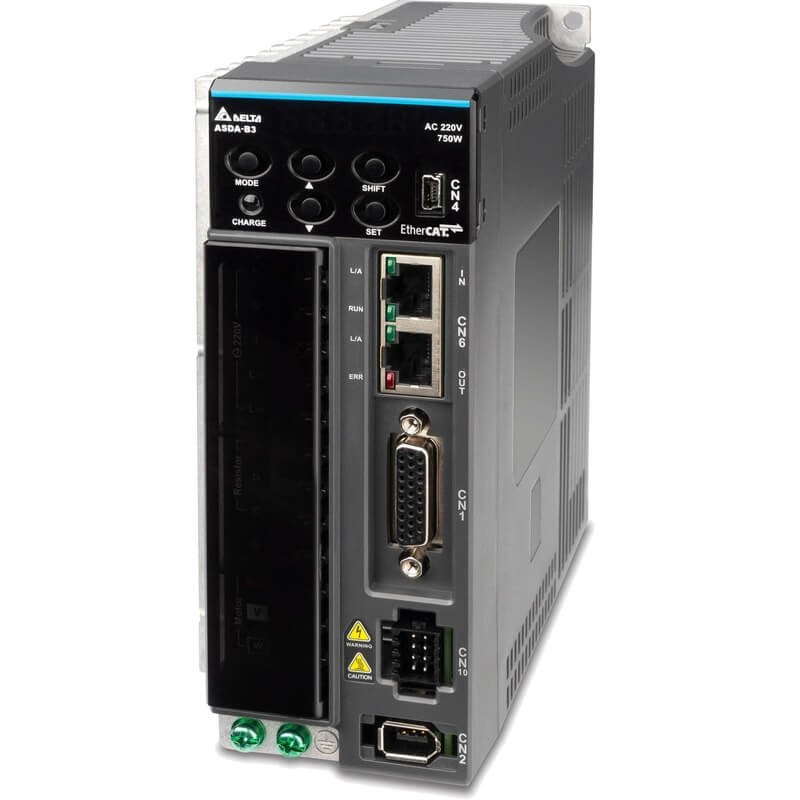
The Siemens 5SN6325-7CN is a robust 3-pole Miniature Circuit Breaker (MCB) rated at 25A, engineered for reliable protection in demanding industrial and commercial electrical installations. Its advanced thermal-magnetic tripping mechanism ensures swift and precise interruption of fault currents, safeguarding downstream equipment from damage. Designed for seamless integration, this MCB offers superior performance and durability, positioning it as a critical component for ensuring operational continuity and electrical safety. Key technical specifications include a rated voltage of 400V AC, a tripping characteristic of C, and a breaking capacity of 6kA, making it suitable for a wide range of applications.
Product Specifications
| Feature | Specification |
| :------------------ | :--------------------------------------------- |
| Product Type | Miniature Circuit Breaker (MCB) |
| Manufacturer | Siemens |
| Model Number | 5SN6325-7CN |
| Number of Poles | 3P (Three Poles) |
| Rated Current (In) | 25A |
| Rated Voltage (Ue) | 400V AC |
| Tripping Curve | C |
| Breaking Capacity (Icn) | 6kA |
| Frequency | 50/60 Hz |
| Protection Type | Overcurrent and Short Circuit |
| Mounting Type | DIN Rail (35mm) |
| Terminal Type | Screw Terminal |
| Degree of Protection| IP20 |
| Ambient Temperature | -25°C to +45°C |
| Compliance | IEC/EN 60898-1, IEC/EN 60947-2 |
Core Features & Market Positioning
The Siemens 5SN6325-7CN MCB distinguishes itself through its high-quality construction and adherence to stringent international safety standards. Its C-curve tripping characteristic is optimized for applications with moderate inrush currents, such as lighting systems or control circuits, offering a balance between sensitivity to overloads and immunity to transient surges. Compared to lower-tier alternatives, Siemens MCBs are recognized for their enhanced durability and consistent performance over a long service life, reducing the total cost of ownership through minimized downtime and replacement cycles. This reliability makes the 5SN6325-7CN a preferred choice for engineers and facility managers prioritizing dependable circuit protection.
Key Application Scenarios
This 3-pole 25A MCB is extensively utilized in industrial control panels, building distribution systems, and machinery protection circuits. It is particularly well-suited for safeguarding three-phase motors, pumps, and other inductive loads where simultaneous switching of all three phases is critical. In commercial settings, it serves as a reliable protective device for main distribution boards and sub-distribution panels, ensuring the safety of electrical infrastructure in office buildings, retail spaces, and manufacturing facilities. Its robust design also makes it suitable for harsh environments where consistent performance under varying conditions is paramount.
Practical System Integration Guidance
Installation of the Siemens 5SN6325-7CN MCB requires adherence to standard electrical safety protocols. The MCB is designed for snap-on mounting onto a 35mm standard DIN rail. Ensure the main power supply is de-energized before commencing any work. Connect the incoming power conductors to the designated terminals at the top of the MCB, and the outgoing conductors to the terminals at the bottom. For 3-pole applications, ensure all three poles are connected and protected. The screw terminals accommodate appropriately sized conductors for the 25A rating; consult wiring tables for precise conductor sizing and torque specifications to ensure a secure and safe connection, preventing overheating and potential faults.
Operation and Risk Mitigation
The Siemens 5SN6325-7CN operates by continuously monitoring the current flowing through its circuits. If the current exceeds a predetermined level due to an overload or a short circuit, the thermal-magnetic tripping mechanism is activated. The thermal element detects sustained overloads, while the magnetic element responds to sudden, high-magnitude short-circuit currents. Upon tripping, the MCB interrupts the electrical circuit, preventing damage to connected equipment and mitigating the risk of electrical fires. Regular visual inspection for any signs of damage or wear, along with periodic testing of its tripping function, is recommended to ensure continued reliable operation and safety.
Scalability & Long-Term Value
While the Siemens 5SN6325-7CN MCB is a standalone protective device, its value lies in its compatibility with the broader Siemens industrial automation ecosystem. It integrates seamlessly into modular electrical panels, allowing for straightforward expansion or modification of distribution systems. Its adherence to international standards ensures compatibility with a wide range of complementary protective and control devices from various manufacturers. For facilities looking towards enhanced monitoring and control, this MCB can be part of a system that incorporates smart metering and remote monitoring capabilities, contributing to the long-term efficiency and predictive maintenance strategies of an industrial setup.
---
Frequently Asked Questions (FAQs)
1. What is the primary function of the Siemens 5SN6325-7CN MCB?
This MCB provides essential overcurrent and short-circuit protection. It safeguards electrical circuits and connected equipment from damage caused by excessive current.
It acts as an automatic switch, interrupting the power flow when a fault condition is detected. This prevents overheating, fires, and damage to sensitive electrical components.
The Siemens 5SN6325-7CN ensures operational safety and reliability in various industrial and commercial electrical systems.
2. Can the Siemens 5SN6325-7CN MCB be used for single-phase applications?
While designed as a 3-pole unit, it can be adapted for specific single-phase applications requiring robust protection. Ensure correct wiring and load balancing for optimal performance.
For single-phase circuits, only one pole would typically be utilized, with the other two poles left isolated or appropriately terminated. Consult an electrician for proper configuration.
This usage might be less common but is feasible if the 25A rating and C-curve characteristics are suitable for the specific single-phase load.
3. What does the 'C' in the tripping curve designation mean?
The 'C' curve indicates that the MCB is designed to trip between 5 to 10 times the rated current. This characteristic is suitable for loads with moderate inrush currents.
It offers a balance, providing protection against overloads while being less prone to nuisance tripping from brief, high current surges. Examples include lighting circuits or small motors.
This tripping behavior distinguishes it from Type B (lower inrush) or Type D (higher inrush) curves, making it versatile for common industrial and commercial applications.
4. How do I properly install the Siemens 5SN6325-7CN MCB?
Ensure the main power supply is switched off before installation. Mount the MCB securely onto a standard 35mm DIN rail.
Connect the incoming power conductors to the top terminals and outgoing load conductors to the bottom terminals. Ensure proper torque is applied to the screw terminals.
Always follow local electrical codes and safety regulations during installation. If unsure, consult a qualified electrician for safe and correct installation.
5. What is the breaking capacity (Icn) of this MCB and why is it important?
The breaking capacity (Icn) of the Siemens 5SN6325-7CN is 6kA. This is the maximum fault current it can safely interrupt without being damaged.
A higher breaking capacity ensures the MCB can handle short-circuit events in more robust electrical systems. It is crucial for overall system safety and preventing catastrophic failure.
Selecting an MCB with an adequate breaking capacity for the prospective fault current at its installation point is a fundamental safety requirement in electrical design.
6. What kind of loads is the Siemens 5SN6325-7CN MCB suitable for?
It is ideal for protecting three-phase motors, pumps, and other inductive loads with moderate starting currents. Its C-curve is well-suited for such applications.
In commercial buildings, it can be used in distribution boards for general power circuits, lighting, and auxiliary equipment. It provides reliable protection for these systems.
The 25A rating makes it appropriate for circuits requiring this specific current carrying capacity, balancing protection with operational needs.
7. What are the environmental operating conditions for this MCB?
The Siemens 5SN6325-7CN is designed to operate within an ambient temperature range of -25°C to +45°C. It has a degree of protection of IP20.
It should be installed in a clean, dry environment where extreme temperatures and excessive moisture are not present to ensure optimal performance.
Ensure adequate ventilation around the MCB to prevent overheating, especially when installed in enclosures or panels with multiple devices.
8. How does the thermal-magnetic tripping mechanism work?
The thermal element responds to sustained overcurrents by bending a bimetallic strip, which eventually triggers the trip mechanism. This protects against gradual overloads.
The magnetic element reacts instantly to high-magnitude fault currents, such as short circuits, by generating a magnetic field that directly trips the mechanism. This ensures rapid fault clearance.
Together, these mechanisms provide comprehensive protection against both slow-developing overloads and sudden, dangerous short circuits.
9. Is the Siemens 5SN6325-7CN MCB compatible with other Siemens electrical components?
Yes, it is designed to be part of Siemens' comprehensive range of electrical protection and distribution products. It integrates well into Siemens panel systems.
Its compatibility extends to other Siemens components within the same product series, ensuring seamless system integration and consistent performance.
It adheres to international standards, facilitating compatibility with a wide array of third-party electrical devices and systems as well.
10. What maintenance is required for this MCB?
Regular visual inspections for any physical damage or signs of wear are recommended. Ensure terminals remain clean and connections are secure.
Periodic functional testing to verify the tripping mechanism is operational can be performed by qualified personnel. This confirms its protective capability.
Generally, these MCBs are low-maintenance devices, designed for long operational life, but proactive checks ensure continued safety and reliability.














